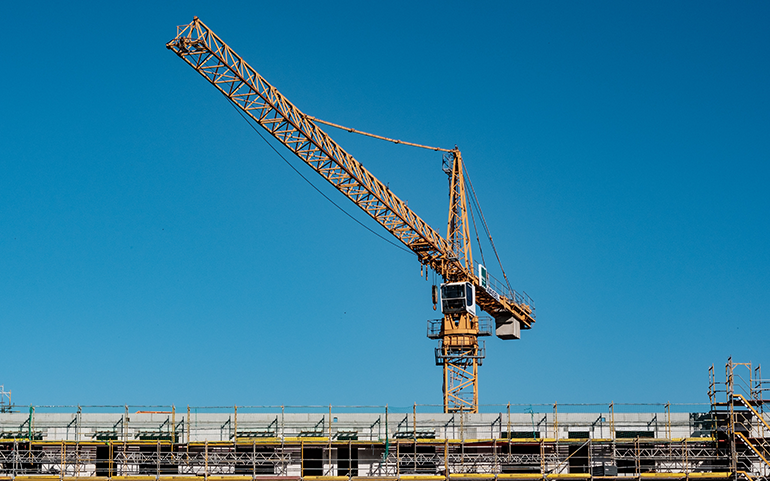Induction heating can be a valuable technique for crane maintenance, especially when dealing with certain maintenance tasks. Induction heating is a process that uses electromagnetic induction to generate heat in a conductive material without direct contact with a heat source. Here are some ways induction heating can be applied to crane maintenance:
- Bearing and Gear Maintenance: Induction heating can be used to expand bearings and gears, making them easier to install or remove from shafts. By applying the right amount of heat, the bearing or gear can be thermally expanded, reducing the risk of damage during the assembly or disassembly process.
- Welding and Brazing: Induction heating is an effective method for welding or brazing crane components, such as structural parts or support elements. It provides localised and precise heating, which can result in stronger and more reliable joints.
- Stress Relief: Cranes are subjected to heavy loads and stress during their operation, which can cause metal fatigue over time. Induction heating can be used for stress relief to improve the crane’s longevity and prevent premature failure.
- Coating Removal: Cranes are often coated with paint or corrosion-resistant layers to protect them from environmental elements. During maintenance, these coatings may need to be removed for inspection or repair purposes. Induction heating can help to strip these coatings efficiently.
- Thermal Straightening: If a crane component becomes deformed due to excessive loads or accidents, induction heating can be used to thermally straighten the affected part, restoring its original shape and structural integrity.
- Heat Treatment: Certain crane components may require specific heat treatment processes, such as hardening or tempering. Induction heating can provide the necessary controlled heating to achieve the desired material properties.
Benefits of using induction heating in crane maintenance:
- Efficiency: Induction heating is a fast and efficient method, reducing downtime during maintenance tasks.
- Precision: The heat is precisely localised, minimising the risk of damaging surrounding components.
- Safety: Induction heating eliminates the need for open flames or direct contact with a heat source, improving safety during maintenance operations.
- Consistency: The process provides consistent and repeatable results, ensuring uniformity in maintenance tasks.
- Environmentally Friendly: Induction heating produces less waste and has a smaller environmental footprint compared to other heating methods.
However, it’s essential to note that induction heating requires specialised equipment and training. Proper safety measures should always be followed, and the maintenance personnel involved should be well-trained in using induction heating for crane maintenance. Additionally, some crane components may not be suitable for induction heating, so careful consideration and analysis are necessary before applying this technique.

